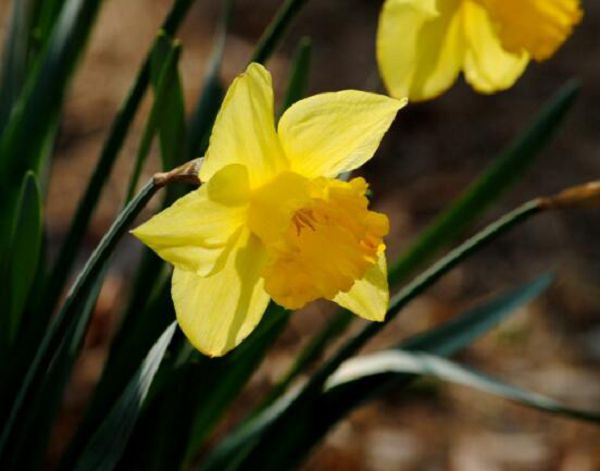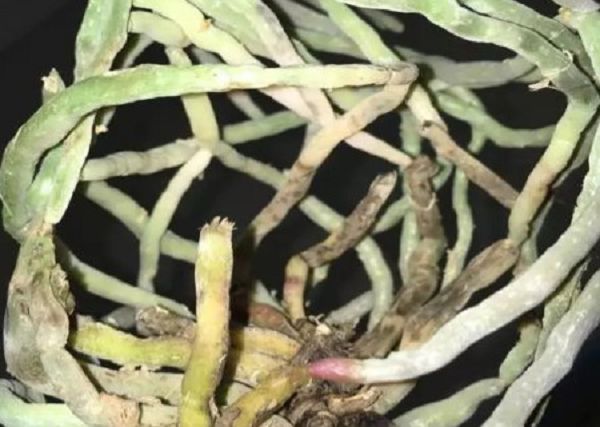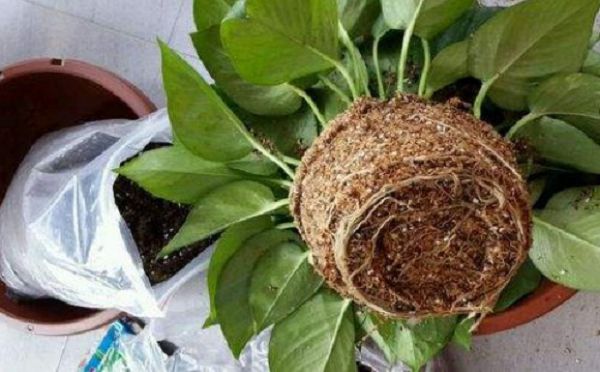Two propagation methods of Narcissus, sowing and bulblet distribution

Narcissus is a very beautiful flower plant. Unlike Chinese daffodils, it has larger flowers and rich colors. Narcissus has a very high ornamental value and is often raised at home. What the editor is going to talk about here are the breeding methods of daffodils, and the breeding methods of daffodils include sowing reproduction and ball-dividing reproduction. Let's talk about these two breeding methods in detail, hoping to bring useful help.
Breeding methods of Narcissus
1. Sowing and reproduction
When we choose to sow and breed foreign daffodils, it is best to do so in mid-September. The culture medium can be mixed with rotten leaf soil and peat soil or a small amount of roving.
We have to disinfect the substrate before sowing, and after it is finished, we can sow. After your maintenance, you can sprout and grow into small plants in the following spring, and the leaves and roots wither and bulbs form in early summer.
2. Reproduce by dividing balls
The best time for bulb reproduction of Narcissus is in autumn, with bulbs meristem on both sides of Narcissus bulb. The planting depth of the cue ball should not be deep or shallow, which is conducive to speeding up the speed of reproduction.
If it is deeper, the occurrence of the ball is less. Cut the bulb with slices and cut 3-4 knives longitudinally from the stem disc to the top, with a depth of about half of the bulb.
The bulbs are then placed in clean dry sand to facilitate callus formation. Then moved to the temperature of 21 ℃ breeding box for culture, when the temperature rose to 30 degrees, humidity kept at 85%, after three months will produce most of the balls.
After we take off these balls, we can divide the balls and breed. The bulb needs to be cultivated for about 3-4 years before it can become a flowering bulb.
Conclusion: the above are the breeding methods of foreign daffodils, which are sowing reproduction and ball reproduction respectively. When we are propagating, we can choose our own suitable method of conditional reproduction to ensure the survival rate of the plant.
Related
- Fuxing push coffee new agricultural production and marketing class: lack of small-scale processing plants
- Jujube rice field leisure farm deep ploughing Yilan for five years to create a space for organic food and play
- Nongyu Farm-A trial of organic papaya for brave women with advanced technology
- Four points for attention in the prevention and control of diseases and insect pests of edible fungi
- How to add nutrient solution to Edible Fungi
- Is there any good way to control edible fungus mites?
- Open Inoculation Technology of Edible Fungi
- Is there any clever way to use fertilizer for edible fungus in winter?
- What agents are used to kill the pathogens of edible fungi in the mushroom shed?
- Rapid drying of Edible Fungi



